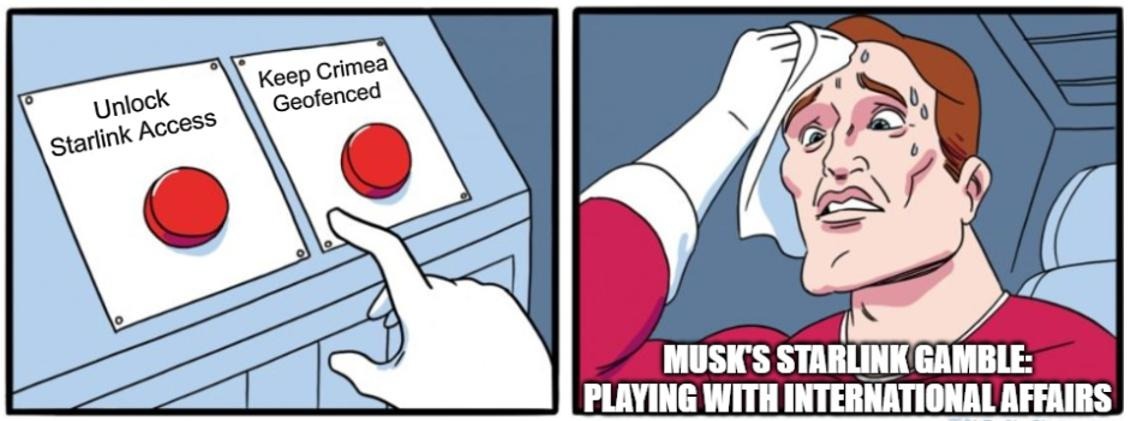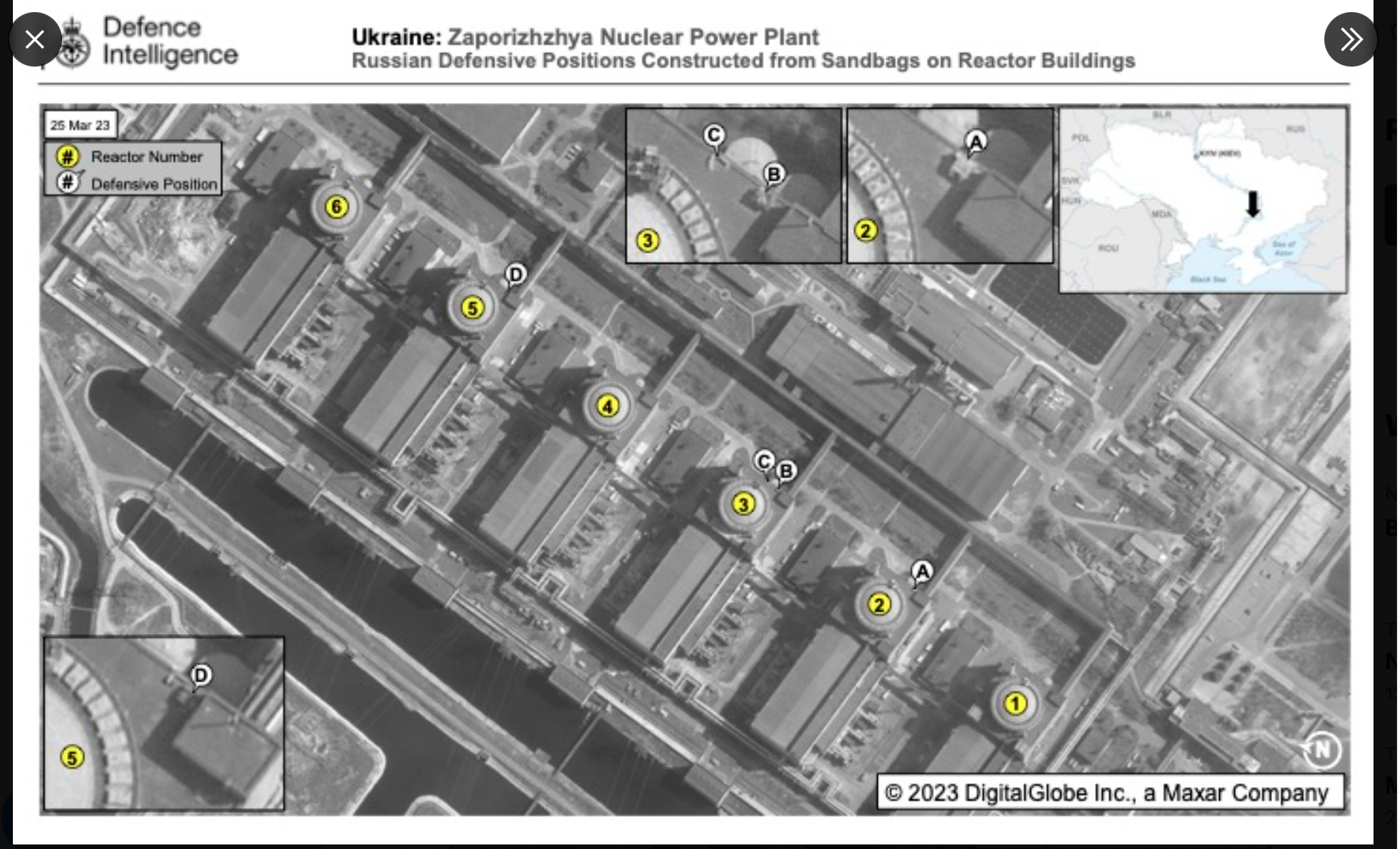The past two decades have witnessed an unprecedented evolution in the domain of cybersecurity, with state-sponsored cyber attacks emerging as a critical threat to national security.
A milestone incident in 2003, where a state targeted the UK Government in a cyber attack, marked the onset of a transformative era in cyber warfare.
At that time, the absence of dedicated government agencies to counter cyber threats left incidents largely unmanaged. However, this watershed event prompted significant changes.
What Happened:
- In June 2003, Cyber experts were alerted when a government employee noticed unusual activity on a workstation.
- Investigation identified a suspected phishing email, prompting collaboration with Communications-Electronics Security Group (CESG), GCHQ’s information assurance arm.
- The attack’s objective was confirmed as cyber espionage orchestrated by a nation-state.
This incident laid the groundwork for what is now the backbone of the UK’s cyber defence—The National Cyber Security Centre (NCSC).
Evolution of Cyber Threat Landscape: From the rudimentary viruses of the past, cyber threats have evolved into highly sophisticated attacks orchestrated by organised cybercriminal groups and hostile state entities. Techniques such as ransomware, phishing, and advanced persistent threats (APTs) have become prevalent, posing substantial challenges to national security.
Expanding Attack Surface: The proliferation of interconnected devices within the Internet of Things (IoT), cloud computing, and mobile technology has significantly broadened the attack surface. Each connected device serves as a potential entry point for cyber attackers, necessitating a comprehensive security approach.
Why are State-Sponsored Attacks Launched: Attacks carry significant repercussions for individuals, businesses, and nations, emphasising the critical importance of grasping their purpose.
- Intelligence Gathering: To collect data on military capacities, economic information, and political updates from other countries.
- Disrupting Critical Infrastructure: Target vital infrastructure like power grids, transport systems, and financial networks, causing disruption.
- Interference in Political Processes: Manipulate political processes, such as elections, to influence outcomes.
- Military Operations: To disrupt enemy communications or gain a strategic military edge.
Examples of State-Sponsored Cyber Attacks
Stuxnet (2009-2010): Believed to be a joint operation by the US and Israel, Stuxnet was a sophisticated cyber weapon designed to target Iran’s nuclear program, specifically uranium enrichment facilities. This demonstrated the potential for cyber attacks to physically damage critical infrastructure.
Operation Aurora (2009): Linked to China, Operation Aurora targeted multiple major tech companies, including Google. This attack focused on stealing intellectual property and source code, revealing the capability of state-sponsored actors to breach high-profile corporate networks.
NotPetya (2017): A cyber weapon unleashed against Ukraine, but it quickly spread globally, affecting numerous organisations. It caused substantial financial losses to businesses worldwide and was attributed to Russian state actors.
WannaCry (2017): This ransomware attack affected hundreds of thousands of computers across 150 countries, including the UK, exploiting a vulnerability in Microsoft systems. Though not directly attributed to a specific state, it was believed to have ties to North Korea.
SolarWinds Supply Chain Attack (2020): Sophisticated attack, suspected to be orchestrated by Russia, targeted SolarWinds, a prominent IT company. The attackers compromised SolarWinds’ software updates, infiltrating numerous government agencies and corporations.

State-Sponsored Attacks and What They Mean for Your Business:
The ramifications of state-sponsored attacks extend their ominous reach into the business realm, exploiting vulnerabilities, seeking intelligence, and targeting financial gains through corporate entities. Understanding these implications is crucial for safeguarding businesses.
At-risk Businesses: Entities involved in public services, handling sensitive data, possessing government contracts, or vulnerable to severe IT downtime impacts are prime targets.
To fortify defences:
- Implement essential security measures: antivirus, patch management, encryption, backups, and disaster recovery plans.
- Foster a security-conscious culture through training and assessments to reduce human vulnerabilities.
- Isolate critical systems and data from public networks for enhanced security.
- Audit the tech supply chain to identify and mitigate potential backdoors.
- Stay informed about threats by engaging with industry awareness communities.
- Establish secure communication channels to prevent external monitoring.
Shift Towards Cyber Resilience: In this dynamic landscape, the focus has shifted from mere prevention to cyber resilience.
Organisations now emphasise rapid detection, response, and recovery strategies to mitigate the impact of successful breaches. The ability to swiftly detect and counter cyber threats has become pivotal in safeguarding against and recuperating from these attacks in an ever-evolving digital landscape.
The shift has also been driven by regulatory frameworks and compliance, particularly data protection laws like GDPR in the EU. Despite this, the burgeoning demand for skilled cybersecurity professionals remains unmet, persistently challenging efforts to fortify defences against evolving threats.
Looking forward: The emergence and rapid advancement of technologies like quantum computing, 5G networks, and artificial intelligence (AI) are poised to significantly influence and reshape the cybersecurity landscape.
These innovative technologies not only present promising opportunities for enhancing digital defences but also pose distinct challenges in mitigating evolving state-sponsored cyber threats.

















































































































































































